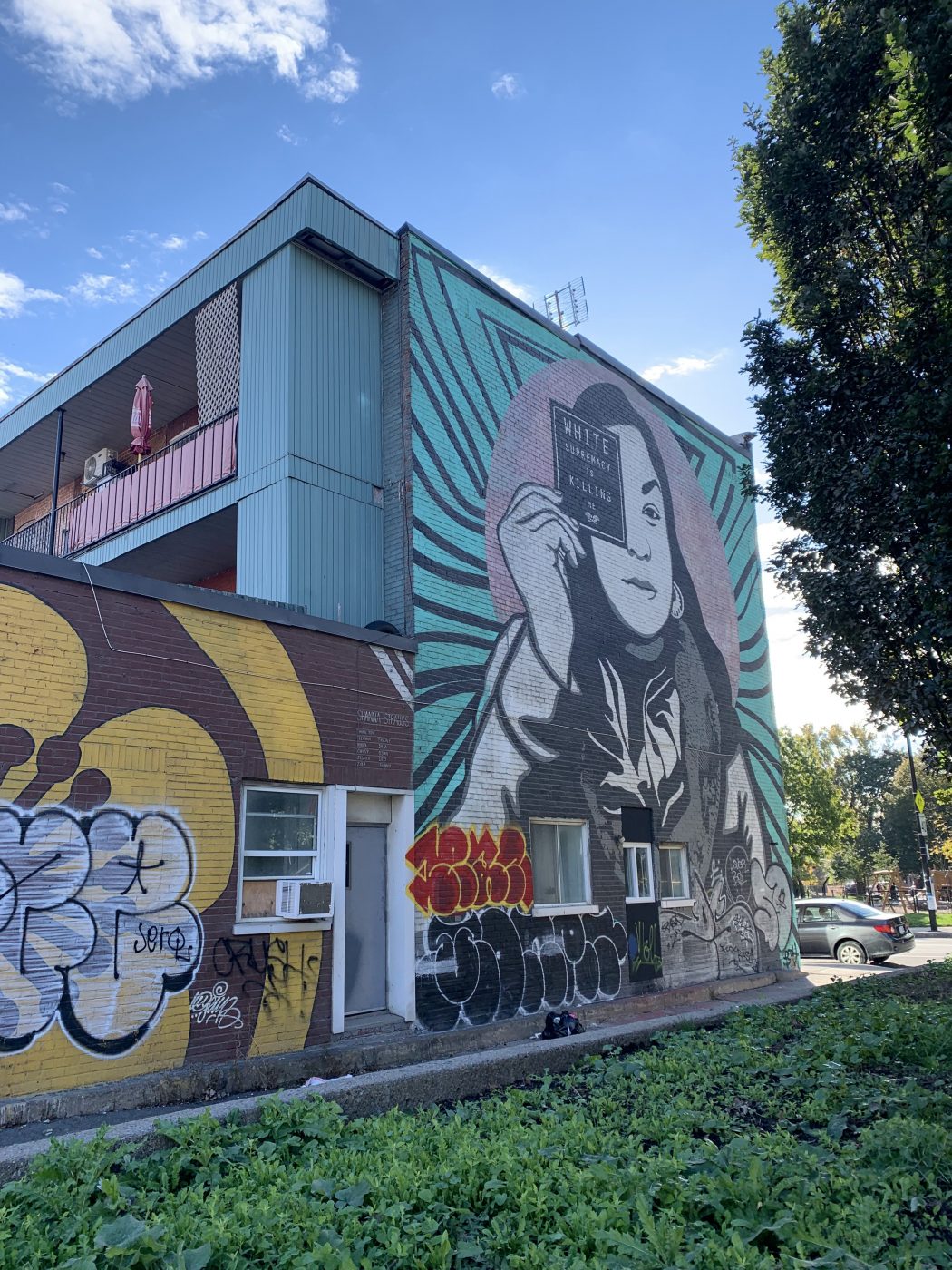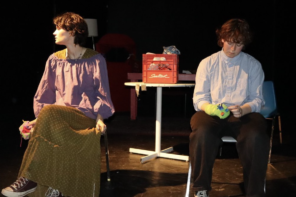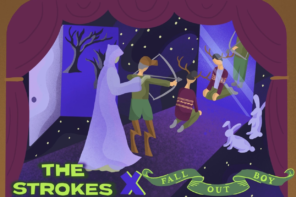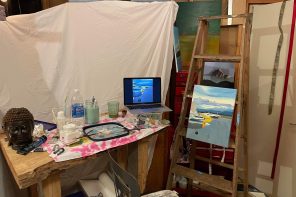One thing I love about Montreal is the plethora of street art and murals that are scattered around the city. As I was walking around St. Henri, I came across this mural of an Indigenous woman holding up a sign in front of her face that read: “White Supremacy is Killing Me.” The message was so direct and poignant that it really stuck with me. The artist is Jessica Sabogal, a Colombian artist who contributed this piece for the “Uncede Voices” street art showcases . This mural can be interpreted in many different ways, which alone is a telling truth of the matter
To me, this artwork points to the increasing number of missing and murdered Indigenous women, girls, and Two-spirit (MMIWG2S) who are overlooked in the legal system and whose cases remain unopened. The mural takes up the whole side of a building, facing an intersection with a moderate amount of traffic. It is probably looked at 100 times a day, and the visual reminder of these cases and the obvious neglect of them is made very clear. There is controversy around this particular piece in the media, which some claim to be racist toward white people. The counselor of St. Henri denounces the mural and says it has no place being so hateful. The range of reactions from the public is very telling on how they view the issue and how they proceed with action.
These women had people who loved and cared for them. They had lives, responsibilities; they were part of a community that they might’ve loved, but that love has not been reciprocated.
The consistent neglect of Indigenous people, especially Indigenous women, girls, and Two-Spirit face is uncanny. There are hundreds of cases of MMIWG2S that don’t get the attention they deserve. It’s difficult to see this as a direct implication on our everyday lives because we are not the ones who are directly affected. We often forget that these are real people and not just statistics or numbers. These women had people who loved and cared for them. They had lives, responsibilities; they were part of a community that they might’ve loved, but that love has not been reciprocated.
The lack of accurate Indigenous representation needs to be a turning point. A direct example can be this mural. It features an Indigenous woman and can be applied to an ongoing crisis with Indigenous women and girls, but the art itself was not done by an Indigenous woman. Though the message and representation is done with respect and care, it’s still very important that these acts of representation are initiated, and showcased by Indigenous voices. In a generation where self-representation is on the rise, and increasingly more people are talking about the importance of feeling seen, it’s crucial that this includes Indigenous people as well. Critically examining the type of Indigenous representation you are exposed to is important. Montreal is a huge city with lots of diversity and seeing yourself within a city you live can be the difference between feeling like you belong and feeling like a permanent outsider. These murals that outline Indigeneity and the experience of Indigenous people gives us a different perspective and outlook than what we are aware of. To have your own voice and have it heard through such an expressive form like art is so special.
Montreal is a huge city with lots of diversity and seeing yourself within a city you live can be the difference between feeling like you belong and feeling like a permanent outsider.
As the years go by and the push for Indigenous rights and representation continues to get more and more attention, the need for accurate and truthful Indigenous representation becomes more dire. Indigenous representation and resurgence has been an ongoing process for decades. If truth and reconciliation is a part of Canada’s agenda, we must begin with letting Indigenous people speak and be at the forefront of their own representation. Only then, will we be able to bring out the marginalized voices and begin to make real change within the community.








